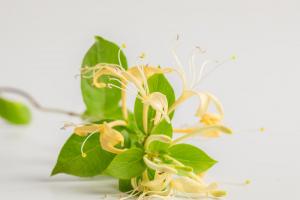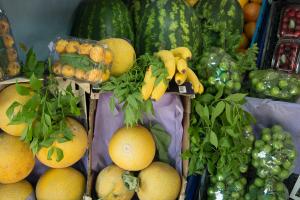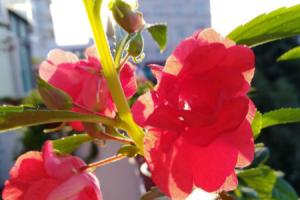Introduction
Planting an apple tree is a great way to add beauty and fruit to your property. However, when it comes to planting an apple tree, one of the most important questions you need to ask yourself is where to plant it. As this decision will impact the health and longevity of your apple tree, it's essential to choose the right location. In this article, we'll explore some factors to consider when choosing where to plant an apple tree.
Climate
One of the most important factors to consider when planting an apple tree is the climate. Apple trees require a temperate climate, as they don't do well in extreme cold or heat. A location with a frost-free growing season of approximately 150 days is optimal for apple tree growth. Additionally, it's essential to consider the amount of rainfall in the location. Apple trees require an inch of rainfall per week or more to thrive, so if you live in an area with little rainfall, you'll need to irrigate your apple tree regularly.
Sunlight
Another crucial factor to consider is the amount of sunlight your apple tree will receive. Apple trees must receive at least six hours of direct sunlight each day to thrive. The best location for an apple tree is one that's unobstructed by buildings, trees, or other structures that may shade the trees. In addition to the amount of direct sunlight, it's essential to consider the angle of the sun. The south-facing slopes receive the most sunlight, making them an ideal location for an apple tree.
Soil
The type of soil that an apple tree is planted in is also essential. Apple trees thrive in well-draining, loamy soils that are rich in organic matter. The soil should also have a pH level between 6.0 and 7.0. It's essential to avoid planting apple trees in areas with compacted or poorly draining soil, as this can lead to waterlogging and root rot.
Air Circulation
Good air circulation around an apple tree is vital to prevent the buildup of moisture on the leaves and fruit, which can lead to fungal diseases. When choosing a location for your apple tree, it's essential to avoid planting it in low-lying areas or near structures that can block airflow. Additionally, planting apple trees too closely together can also impede air circulation and increase the likelihood of disease and insect infestations.
Pests and Diseases
When choosing where to plant an apple tree, it's essential to consider the pests and diseases that are prevalent in the area. Apple trees are susceptible to several pests, such as apple maggot, codling moth, and aphids, as well as diseases like apple scab and fire blight. It's essential to choose a location that's not prone to these pests and diseases, as this can help prevent the need for chemical treatments.
Conclusion
Choosing the right location for your apple tree is crucial for its health and longevity. By considering factors like climate, sunlight, soil, air circulation, and pests and diseases, you can choose an optimal location that will provide your apple tree with everything it needs to thrive. With proper care and maintenance, your apple tree can provide you with delicious fruit for years to come.

 how many times do yo...
how many times do yo... how many planted tre...
how many planted tre... how many pine trees ...
how many pine trees ... how many pecan trees...
how many pecan trees... how many plants comp...
how many plants comp... how many plants can ...
how many plants can ... how many plants and ...
how many plants and ... how many pepper plan...
how many pepper plan...

































